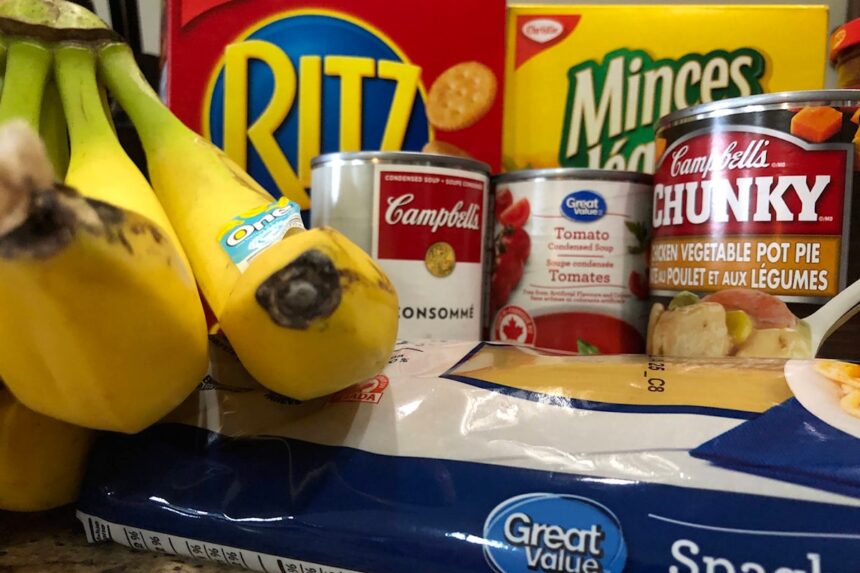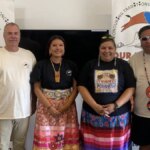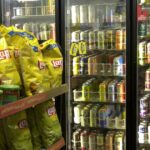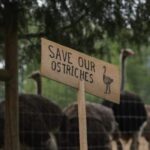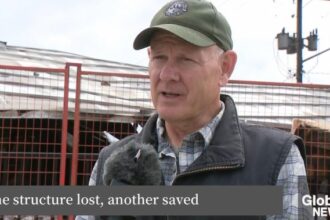The unmistakable summer heat has settled over Vancouver Island, but the warming temperatures bring a sobering reality for many South Cowichan residents: empty pantries and difficult choices between paying bills or purchasing groceries. As inflation continues to strain household budgets, the third annual Summer South Cowichan Food Drive arrives at a critical moment, with organizers reporting an alarming 15 percent increase in food bank usage since last year.
“We’re seeing people who never imagined they’d need food support,” explains Jennifer Borden, lead coordinator for the 2024 drive. “Working families, seniors on fixed incomes, and even dual-income households are struggling to make ends meet in this economy.”
The community-wide initiative, running from July 15 to August 31, aims to replenish dwindling supplies at the Cobble Hill and Mill Bay food banks. Last year’s effort collected over 4,500 kilograms of non-perishable goods, but organizers fear this may fall short of addressing this summer’s unprecedented need.
Unlike the winter holiday season when charitable giving peaks, summer months typically see donation levels plummet while family needs often increase. With children home from school without access to meal programs, many households face additional nutritional challenges during July and August.
“The timing couldn’t be more crucial,” says Malcolm Peterson, director of the Mill Bay Food Bank. “Our shelves are nearly bare, particularly for protein-rich items like canned tuna, beans, and peanut butter. These are exactly the nutritional staples families need most.”
This year’s drive introduces several innovations to boost participation. Collection bins have been placed at strategic locations throughout South Cowichan, including the Mill Bay Shopping Centre, South Cowichan Library, and twelve local businesses. Additionally, volunteers will conduct door-to-door collection in select neighborhoods every Saturday during the campaign.
The organizers have also embraced technology, launching a mobile-friendly donation tracker that shows real-time progress toward the ambitious 6,000-kilogram goal. Residents can scan QR codes at collection sites to view current totals and learn which food items are most urgently needed.
“Cash donations are particularly valuable,” Peterson notes. “For every dollar donated, we can purchase approximately $3 worth of food through our bulk purchasing arrangements. This allows us to target specific nutritional gaps in our inventory.”
Local businesses have rallied behind the cause, with Thrifty Foods and Country Grocer offering pre-packaged donation bags ranging from $10 to $25. These carefully curated packages contain staples like pasta, rice, canned vegetables, and hygiene products—items frequently requested by food bank clients.
The initiative has garnered significant community support, with the Rotary Club of South Cowichan pledging to match financial donations up to $5,000. Local schools, despite being on summer break, have mobilized student volunteers to create promotional materials and assist with collection logistics.
“What makes this drive special is how it unites our community,” says Borden. “We have retired seniors volunteering alongside high school students, businesses collaborating with non-profits, and neighbors checking in on neighbors to ensure nobody goes hungry.”
As economic pressures continue to mount across Vancouver Island and throughout Canada, food security initiatives like the South Cowichan drive highlight both the growing need and the resilience of community-based solutions. Experts caution that food bank usage has reached historic levels nationwide, with no signs of abating in the near term.
For South Cowichan residents wanting to participate, donations can be dropped at any collection bin location or through the drive’s website, which also coordinates volunteer opportunities. Most needed items include canned proteins, breakfast cereals, cooking oils, and personal care products.
As summer unfolds across the picturesque Cowichan Valley, a profound question lingers beneath the surface of this charitable effort: In a region blessed with agricultural abundance, how can we create more sustainable food systems that ensure no family faces the impossible choice between nourishment and financial survival?

